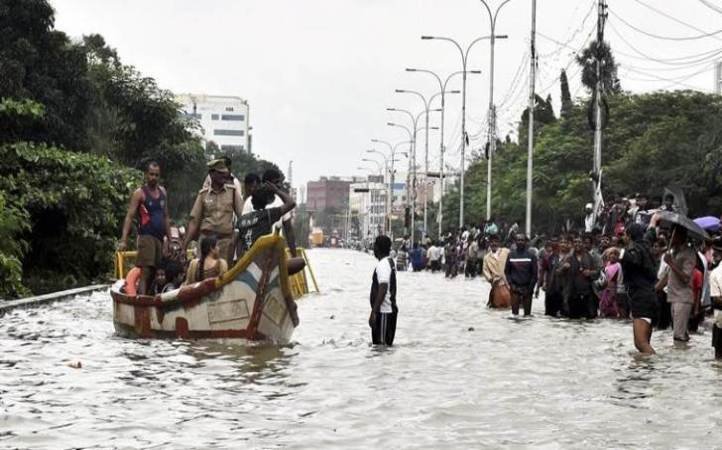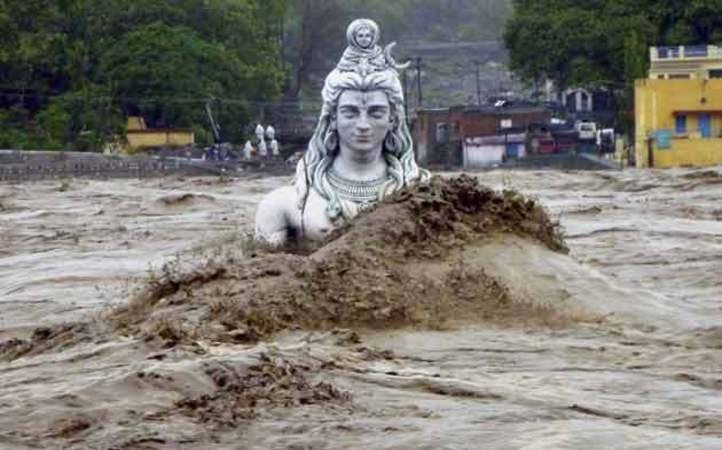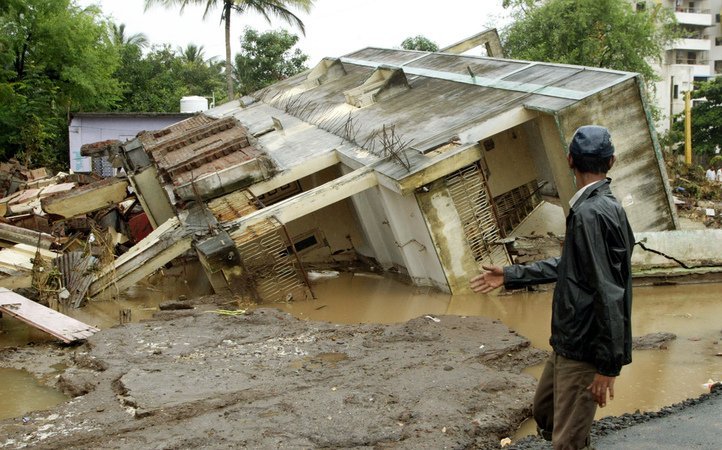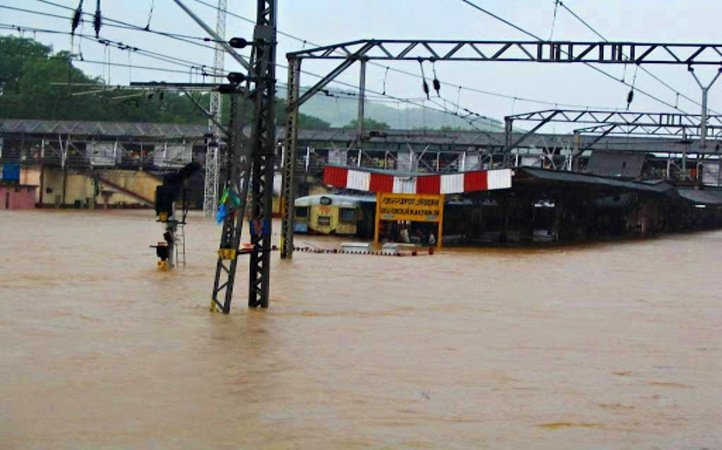Floods have been plaguing Indian states for the past several years, and from Kashmir to Uttarakhand and now Chennai, more reasons behind a seemingly natural calamity start to emerge in the aftermath of the devastation.
As life in Chennai is slowly coming back on track by collaboration of citizens and efforts by the administration, IAS officer Vijay Pingale’s story has come as bad news for the authorities.

Dr Vijay Pingale is a 2004 batch IAS officer, and was actively handling duties including roads, bridges and storm water drains, and it was he who was able to limit waterlogging during rains, owing to his expertise.
But when Pingale exposed and fined road contractors who had botched up roadways in the city, he sent ripples in the top administration, which resulted in a backlash, and he was transferred to the industries department.
While working as joint commissioner, Pingale focused on quality control, which did not go down well with assistant engineers whose carefully crafted model of making money by taking cuts from contractors was shaken up, Catch News reports .

As people in Chennai are slowly supporting Pingale after his story going viral, here’s a look at other instances when the administration’s ignorance led to drastic consequences.
Uttarakhand, 2013.
The disaster in the hills which claimed thousands of lives was one of the worst calamities that hit India in recent history. But it was the state administration’s lethargic attitude towards warnings from the Met department, which resulted in a tremendous but avoidable loss of life.

Days before the tragedy struck, Met department officials had warned the state not only about heavy rains, but also urged the authorities to postpone the char dham yatra and carry out mass evacuations to shift people to safe areas . But clearly no one took the warnings seriously and the rest, as reported by the Times Of India , is history .
Surat, Gujarat, 2006.
Floods, mostly caused inflow from areas with heavy rainfall, are one of the calamities always threatening the city of Surat, and it is utmost necessary to maintain a balance of inflow and outflow at the nearby Ukai dam to avoid flooding.
This is exactly where the administration failed during the floods that paralysed the city in 2006 and resulted in a loss of life. Down To Earth reported tha t , as the district collector Vatsala vasudev and Municipal Commissioner kept on urging for regular release of water from the reservoir, the top brass paid no heed until the water in the dam reached a dangerous level due to delay .

The resultant compulsion to release a large amount of water to bring reduce the rising water levels in dam, resulted in a flood that is marked as one of the most devastating times the diamond city has had to endure. The collector Vatsala Vasudev was transferred shortly after the floods.
Mumbai, 26th July, 2005.
A record 944 mm of rain paralysed life in the financial capital of India Mumbai, as businesses suffered and suburbs were submerged for three days. But the most devastating flood which the city with an unbreakable spirit witnessed, had more reasons than just the incessant rains.

Environmentalists in the city had been urging authorities to take notice of the heavy silting in the Mithi river, but as always they were ignored, leading to the destructive but avoidable deluge. The construction near the water-body which contributed to this is still continuing, and the water logging every year proves that little has been done in terms of urban planning and disaster management.
Although floods are natural disasters, unplanned urban development, lack of disaster management and the failure to act on time often result in man made floods.

















